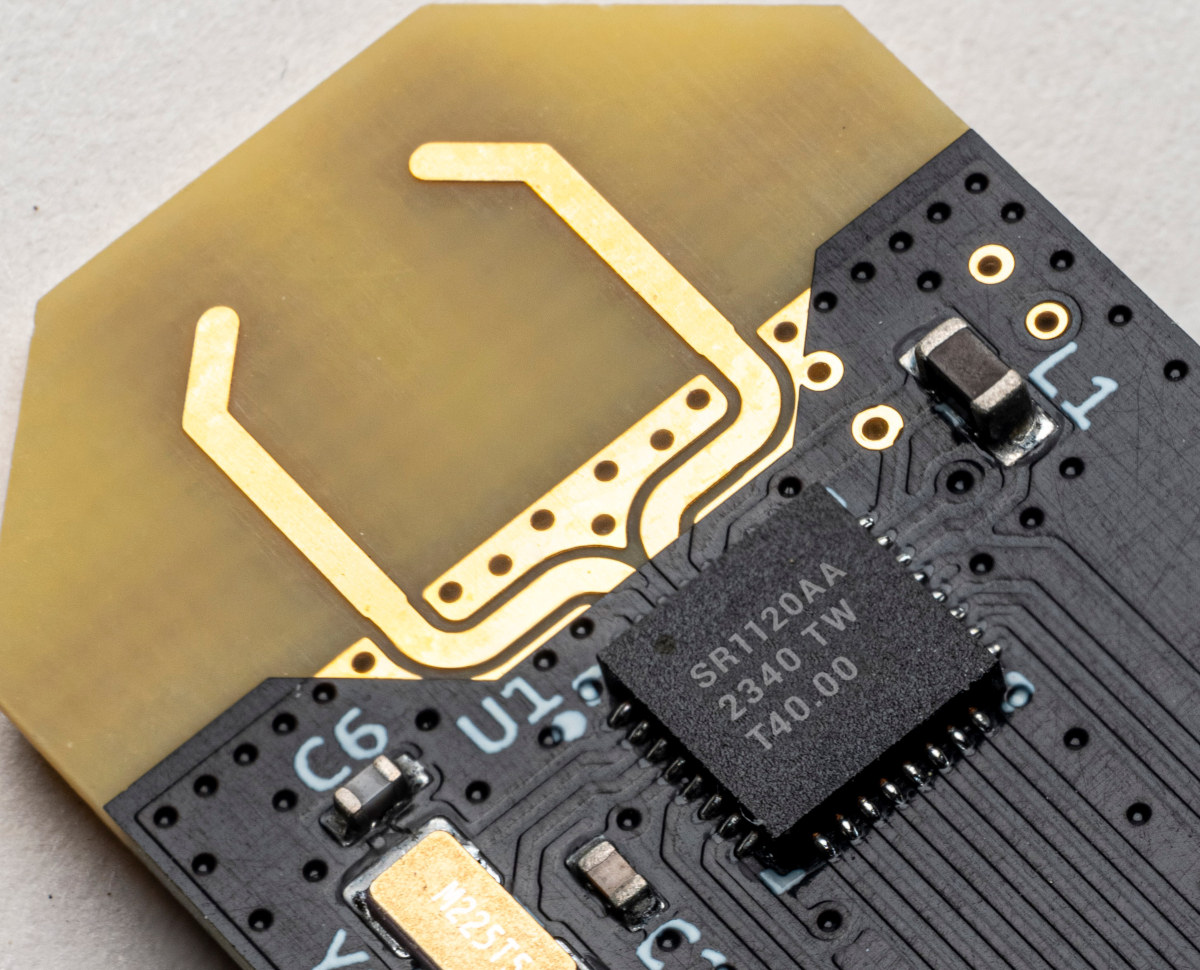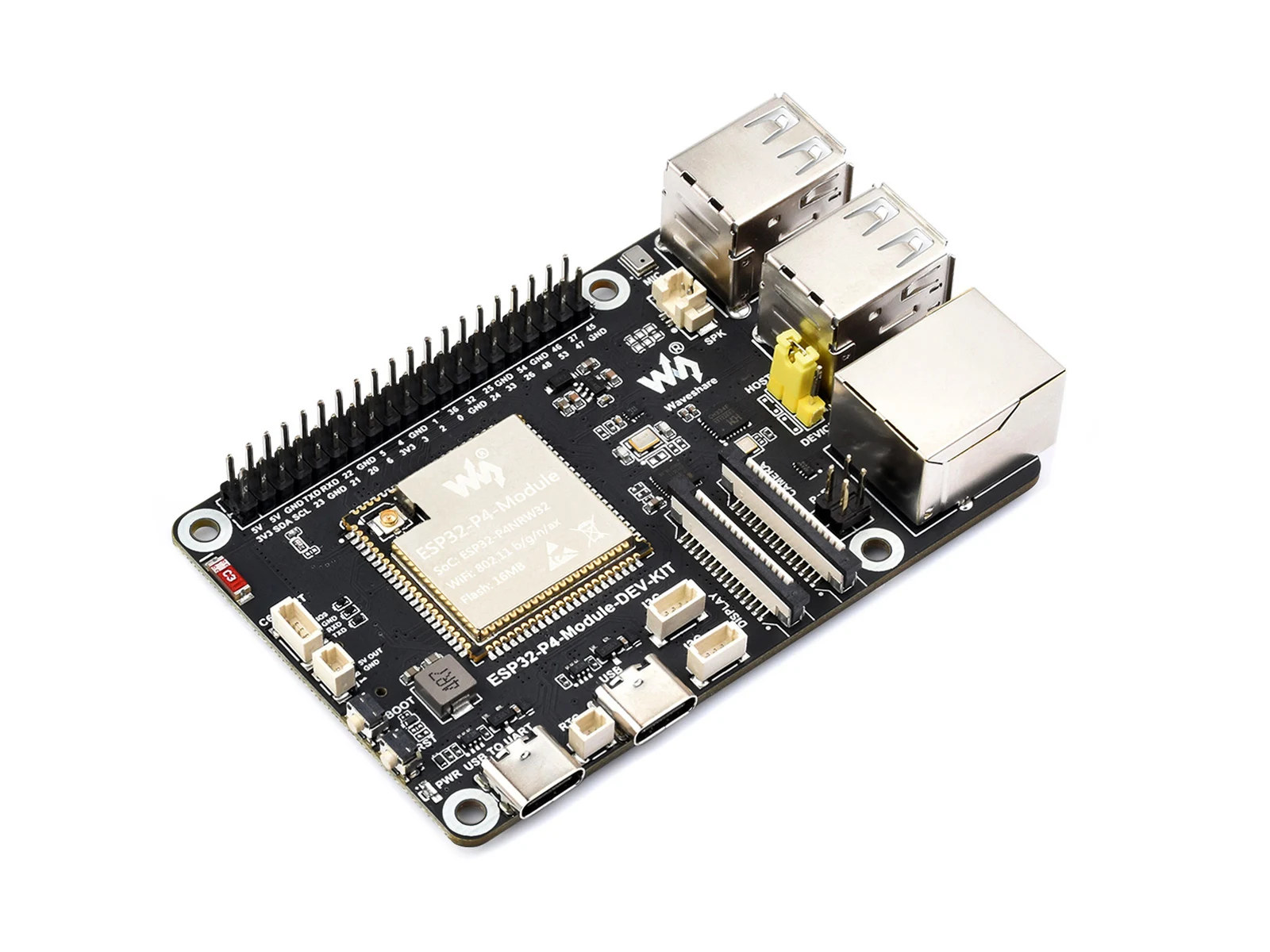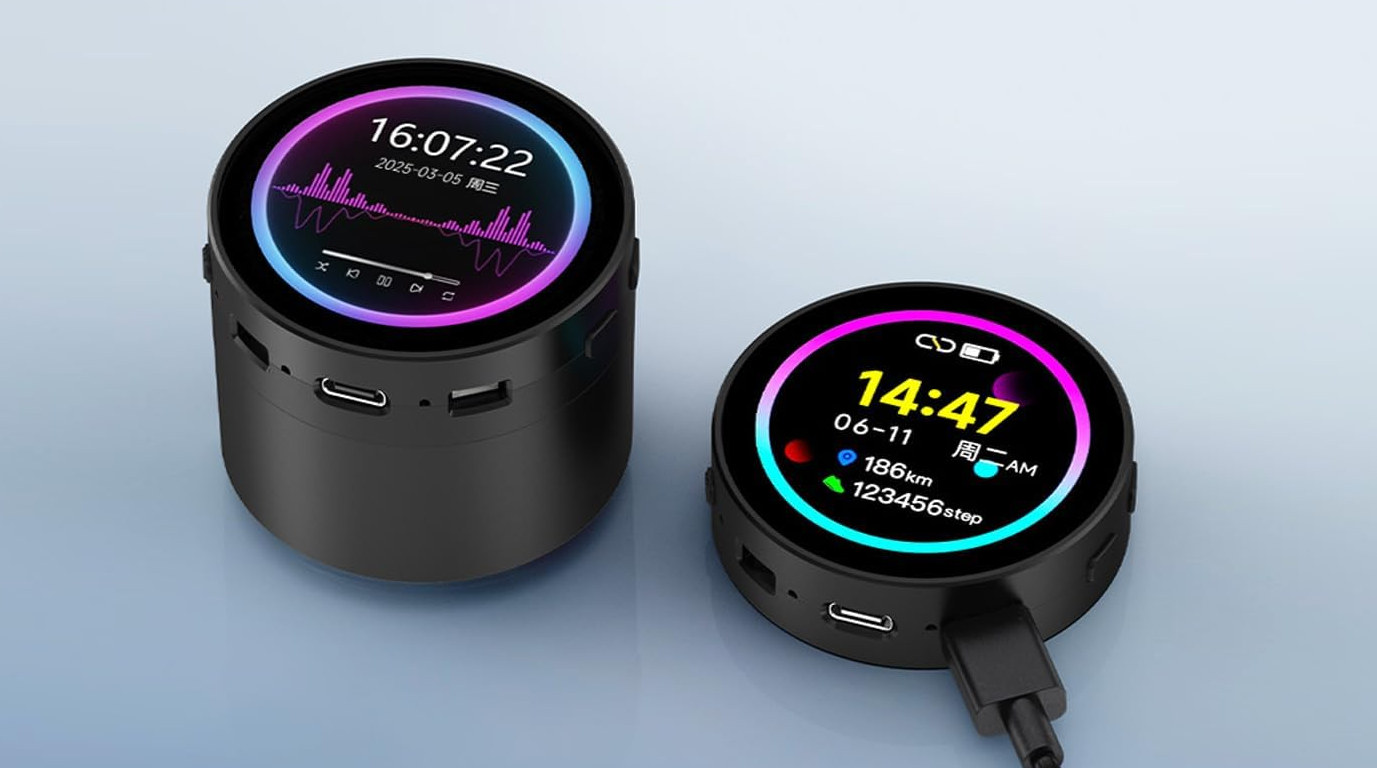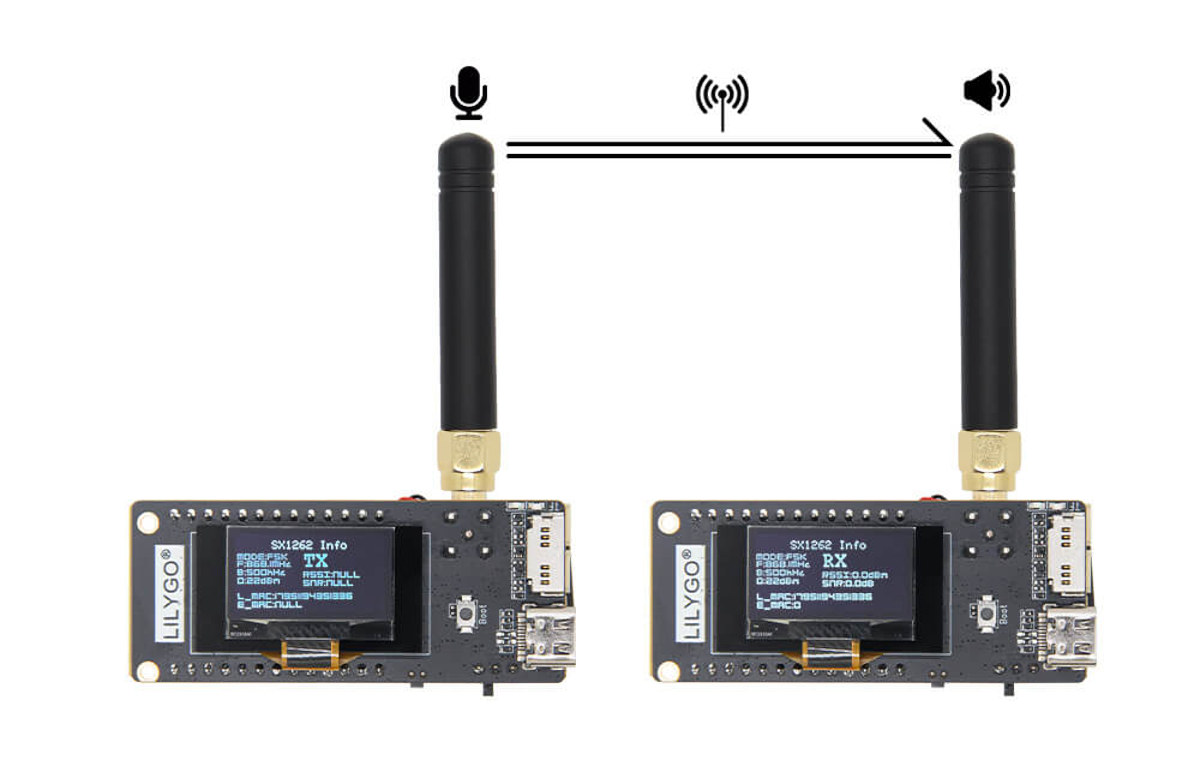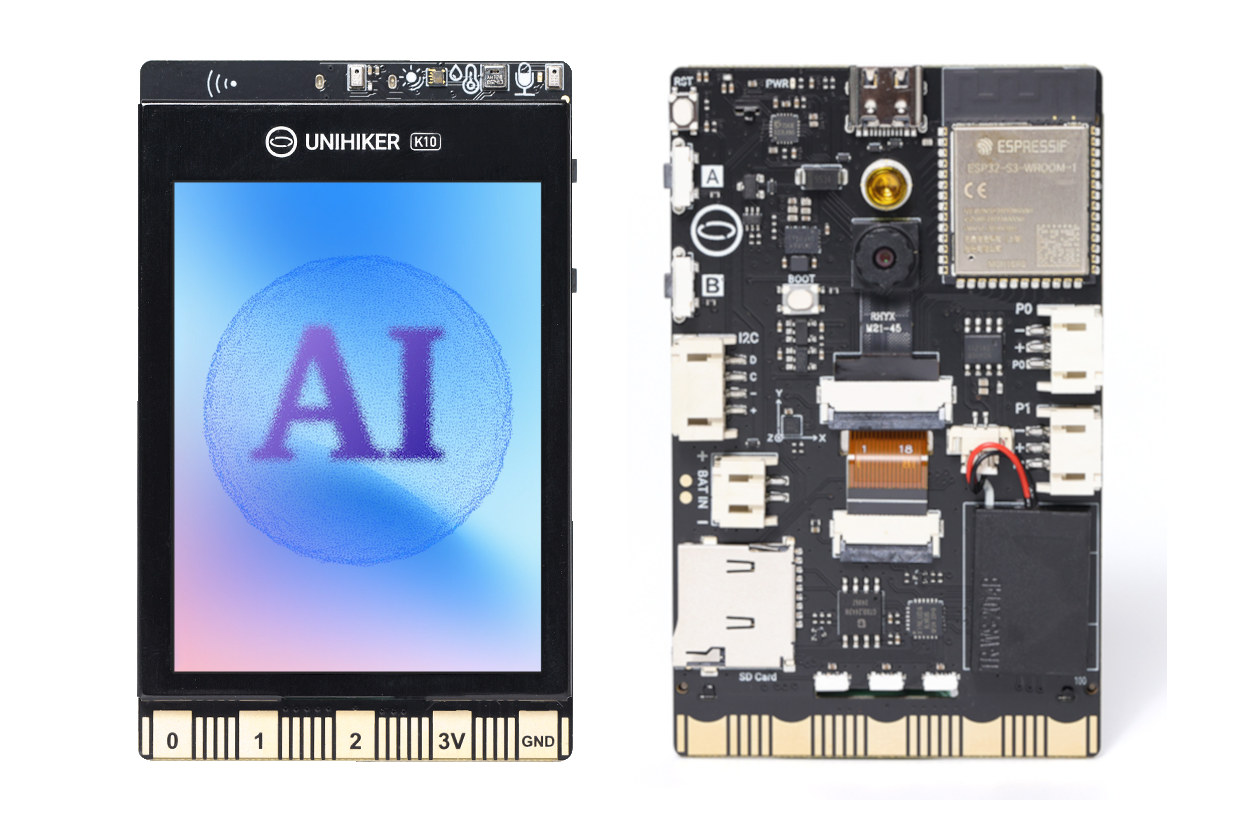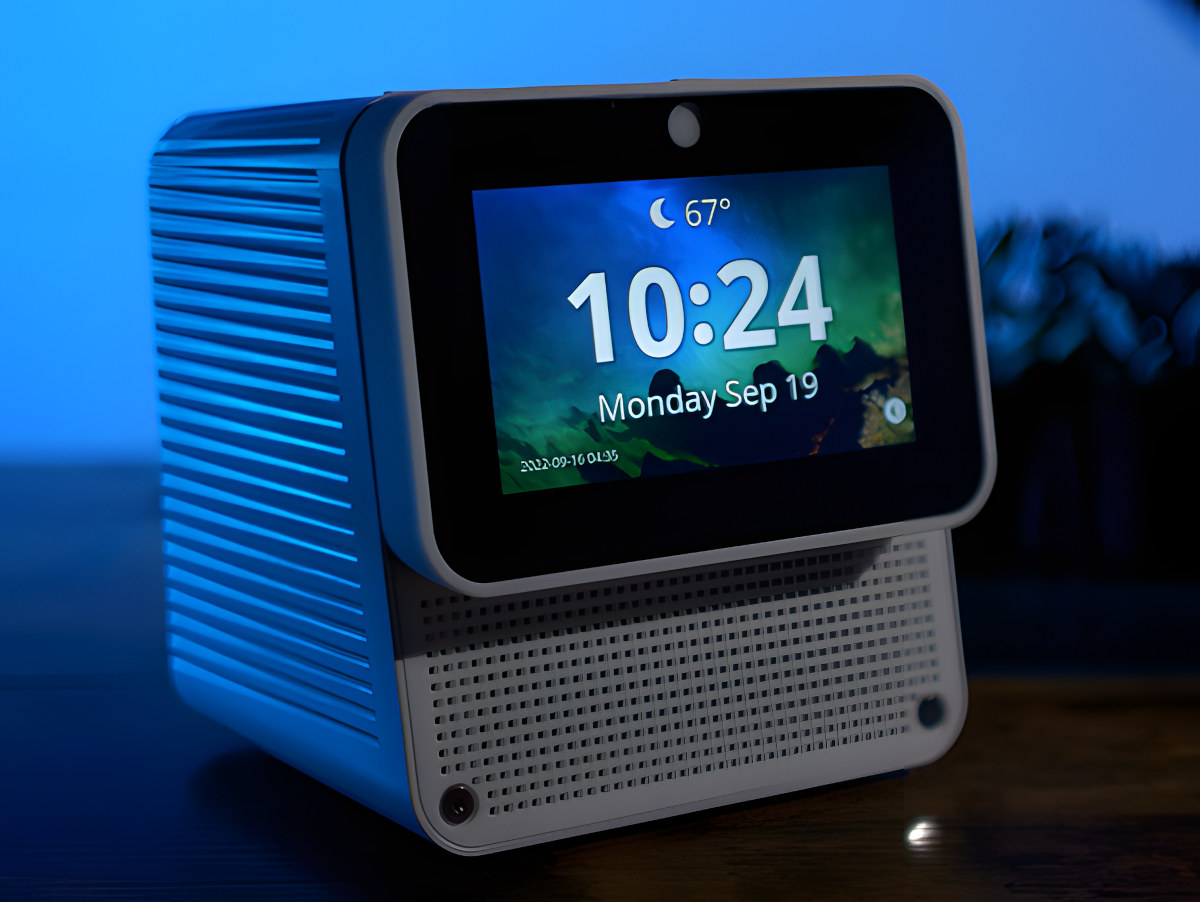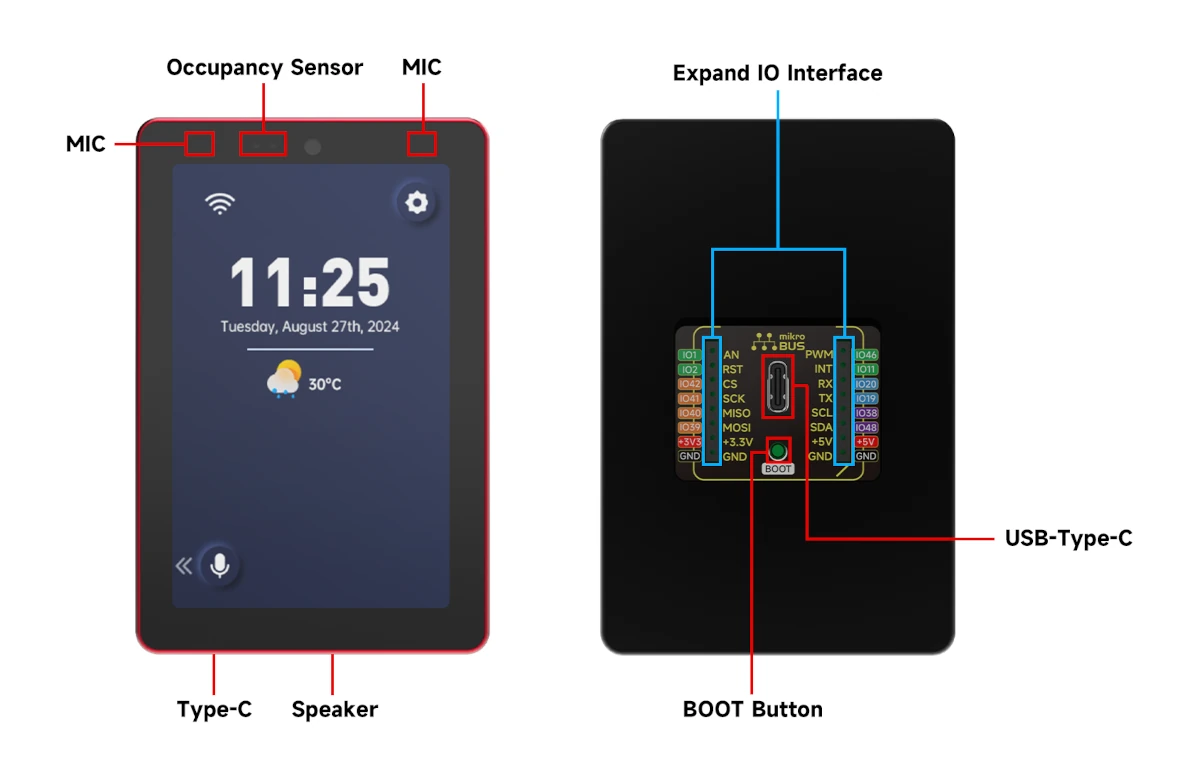SPARK Microsystems SR1120 is the company’s second-generation ultra-wideband (UWB) wireless transceiver capable of up to 41 Mbps throughput at ultra-low power and up to 100 times lower power ranging than UWB competitors. The Canadian company also highlights the outperformance of their UWB solution over Bluetooth with the new SR1120 offering 40 times higher data rates than Bluetooth chips, while consuming 25 times less power than Bluetooth and offering 60 times lower latency. However, readers should note that Bluetooth LE is supposed to support up to 2 Mbps, so it should (only) be up to about 20 times faster, and Bluetooth HDT is coming soon with data rates of up to 7.5 Mbps to further narrow the gap. SPARK SR1120 key features and specifications: Compliant with the upcoming IEEE 802.15.4ab low-energy UWB PHY standard Dynamically reconfigurable UWB spectrum 6.2–9.5 GHz band Up to 3 dBm TX power RX sensitivity of -81 […]
ESP32-P4 credit card-sized board features Ethernet, WiFi 6, four USB ports, 40-pin GPIO header, MIPI DSI and CSI connectors
Waveshare ESP32-P4-Module-DEV-KIT credit card-sized board may look like a Linux-powered Raspberry Pi SBC, but instead, it’s based on an “ESP32-P4-Module” comprised of a 400 MHz Espressif ESP32-P4 RISC-V general-purpose microcontroller, an ESP32-C6 “co-processor” for WiFi 6 and Bluetooth 5, and a 16MB SPI NOR flash. Designed for HMI applications, the board offers MIPI DSI and CSI connectors, as well as a 100Mbps Ethernet RJ45 jack, four USB 2.0 ports, a 40-pin GPIO header, and more. It basically integrates the same ports as a Raspberry Pi SBC minus HDMI, but relies on a microcontroller instead of a Linux-capable application processor. Waveshare ESP32-P4-Module-DEV-KIT specifications: ESP32-P4-Module Microcontroller – ESP32-P4NRW32 MCU Dual-core RISC-V microcontroller @ 400 MHz with AI instructions extension and single-precision FPU Single-RISC-V LP (Low-power) MCU core @ up to 40 MHz GPU – 2D Pixel Processing Accelerator (PPA) VPU – H.264 and JPEG codecs support Memory – 768 KB HP L2MEM, […]
ESP32-S3 Smart Audio devkit integrates 1.8-inch round touch LCD, microphone, optional battery and speaker box
Waveshare ESP32-S3-Touch-LCD-1.85C is an ESP32-S3 development kit with a 1.85-inch round touchscreen display with 360×360 resolution, support for Wi-Fi & Bluetooth BLE 5, and a built-in microphone. There’s also the ESP32-S3-Touch-LCD-1.85C-BOX with the same specifications, but an additional box with a speaker and a 3.7V battery. Both versions come with 16MB SPI flash, a microSD card slot, a USB-C port, a few buttons, GPIO and I2C expansion headers, and can be used as music players, smart speakers, HMI solutions, etc… It’s not quite the first ESP32-S3 audio + display devkit we’ve covered, as Waveshare introduced the ESP32-S3-Touch-AMOLED-1.8 earlier this year with a squared AMOLED display, and Wireless Tag launched the ESP32 Agent Dev Kit to interface with LLMs. ESP32-S3-Touch-LCD-1.85C specifications: SoC – Espressif ESP32-S3R8 CPU – Dual-core Tensilica LX7 microcontroller up to 240 MHz with vector instructions for AI acceleration Memory – 8MB PSRAM Wireless – WiFi 4 and Bluetooth […]
A LoRa-based Walkie-Talkie? Meet LILYGO T3-S3 MVSR LoRa voice communication kit
With its low-power, long-range capabilities, LoRa has been used for P2P and Mesh messaging with firmware like MeshTastic, but due to its limited bandwidth, we haven’t seen quite as many LoRa audio applications. This has not stopped LILYGO from designing the T3-S3 MVSR LoRa voice communication kit, integrating LoRa radio, a microphone, and a speaker to use the board as a walkie-talkie solution working over Semtech SX1262 or SX1280 RF transceiver. LILYGO T3-S3 MVSR specifications: SoC – Espressif Systems ESP32-S3FH4R2 CPU – Dual-core Tensilica LX7 microcontroller @ up to 240 MHz Wireless – 2.4 GHz 802.11n WiFi 4 and Bluetooth 5.0 LE connectivity Memory – 2MB PSRAM Storage – 4MB SPI flash Storage – MicroSD card slot Display – 0.96-inch 128×64 OLED display with SSD1306 I2C driver Audio MAX98357A Speaker MSM261S4030HOR Microphone LoRa module (one or the other) LORA32 SX1262 with 868MHz or 915 MHz radio LoRa 2.4G module based […]
UNIHIKER K10 low-cost TinyML education platform supports image detection and voice recognition
UNIHIKER K10 is a low-cost STEM education platform for TinyML applications that leverages the ESP32-S3 wireless microcontroller with vector extensions for workloads such as image detection or voice recognition. The UNIHIKER K10 also features a built-in 2.8-inch color display, a camera, a speaker, a 2-microphone array, a few sensors, a microSD card, and a BBC Micro:bit-like edge connector for power signals and GPIOs. It’s a cost-optimized version of its Linux-based big brother – the UNIHIKER M10 – first unveiled in 2022. Arnon also reviewed the UNIHIKER in 2023, showing how to configure it, use the SIoT platform with MQTT message, and program it with Jupyter Notebook, Python, or Visual Studio Code. Let’s have a closer look at the new ESP32-S3 variant. UNIHIKER K10 specifications: Core module – ESP32-S3-WROOM-1 MCU – ESP32-S3N16R8 dual-core Tensilica LX7 up to 240 MHz with 512KB SRAM, 8MB PSRAM, 16MB flash Wireless – WiFi 4 and […]
The OpenVoiceOS Foundation aims to enable open-source privacy and customization for voice assistants
The OpenVoiceOS Foundation, or OVOS Foundation for shorts, is a non-profit organization dedicated to advancing open-source voice assistant technology and offers an open-source privacy-focus alternative to voice assistant by large companies like Amazon, Google, and Apple. One of the founders, Peter Steenbergen (j1nx), explained to us it all started when he read an article on CNX Software about Mycroft Mark II voice assistant hardware in 2018. He ended up being involved and created “MycroftOS“, later renamed to “OpenVoiceOS – Mycroft Edition”, as a Just Enough OS utilizing Buildroot and working on the Mark II. There were some tensions with the open-source community at some point, and the Mycroft project went south from there and the company had to close in 2023. Eventually, OpenVoiceOS took over the codebase of Mycroft A.I. and managed to merge lingering PR from the open-source community. Together with NEON A.I., they took over the Mycroft A.I. community […]
ESP32 Agent Dev Kit is an LLM-powered voice assistant built on the ESP32-S3 platform (Crowdfunding)
The ESP32 Agent Dev Kit is an ESP32-S3-powered voice assistant that offers integrations with popular LLM models such as ChatGPT, Gemini, and Claude. Wireless-Tag says the Dev Kit is suitable for “95% of AIoT applications, from smart home devices to desktop toys, robotics, and instruments” In some ways, it is similar to the SenseCAP Watcher, but it has a larger, non-touch display and dual mic input. It however does not support local language models. It also features a standard MikroBUS interface for expansion. For voice capabilities, the ESP32 Dev Kit integrates two onboard, noise-reducing microphones and a high-fidelity speaker. The built-in infrared laser proximity sensor detects human proximity and movement for “smart interactive experiences”. ESP32 Agent Dev Kit specifications: MCU – ESP32-S3 dual-core Tensilica LX7 microcontroller @ 240MHz, 8MB PSRAM Storage – 16MB flash Display – 3.5-inch Touchscreen, 480×360 resolution Camera – 5MP OmniVision OV5647 camera module, 120° field of […]
Fully enclosed ESP32-S3 board features 1.8-inch AMOLED, microphone & speaker for AI audio applications
Waveshare ESP32-S3-Touch-AMOLED-1.8 is an ESP32-S3 development board with an AMOLED display and AI audio support fully housed in a plastic enclosure. The most interesting feature of this devkit is its 1.8-inch AMOLED display with a 100000:1 contrast ratio and a wide 178° viewing angle, plus support for AI speech using its built-in microphone and speaker, and a built-in battery for IoT and AI applications. Other features include a QMI8658 6-axis IMU for motion detection, a PCF85063 RTC for time, and an ES8311 audio codec for high-quality audio. The ESP32-S3 provides Bluetooth and Wi-Fi connectivity and the board also features a USB-C port for power and programming. The AXP2101 power management IC enables battery charging and optimization, while GPIO, I2C, and UART pads allow expansion. Waveshare ESP32-S3-Touch-AMOLED-1.8 specifications Wireless MCU – Espressif Systems ESP32-S3R8 CPU – Dual-core Tensilica LX7 @ up to 240 MHz with vector instructions for AI acceleration. Memory – […]


